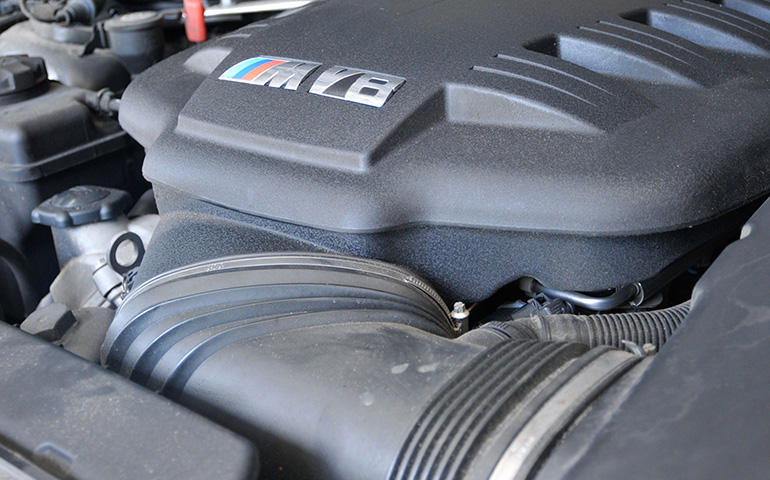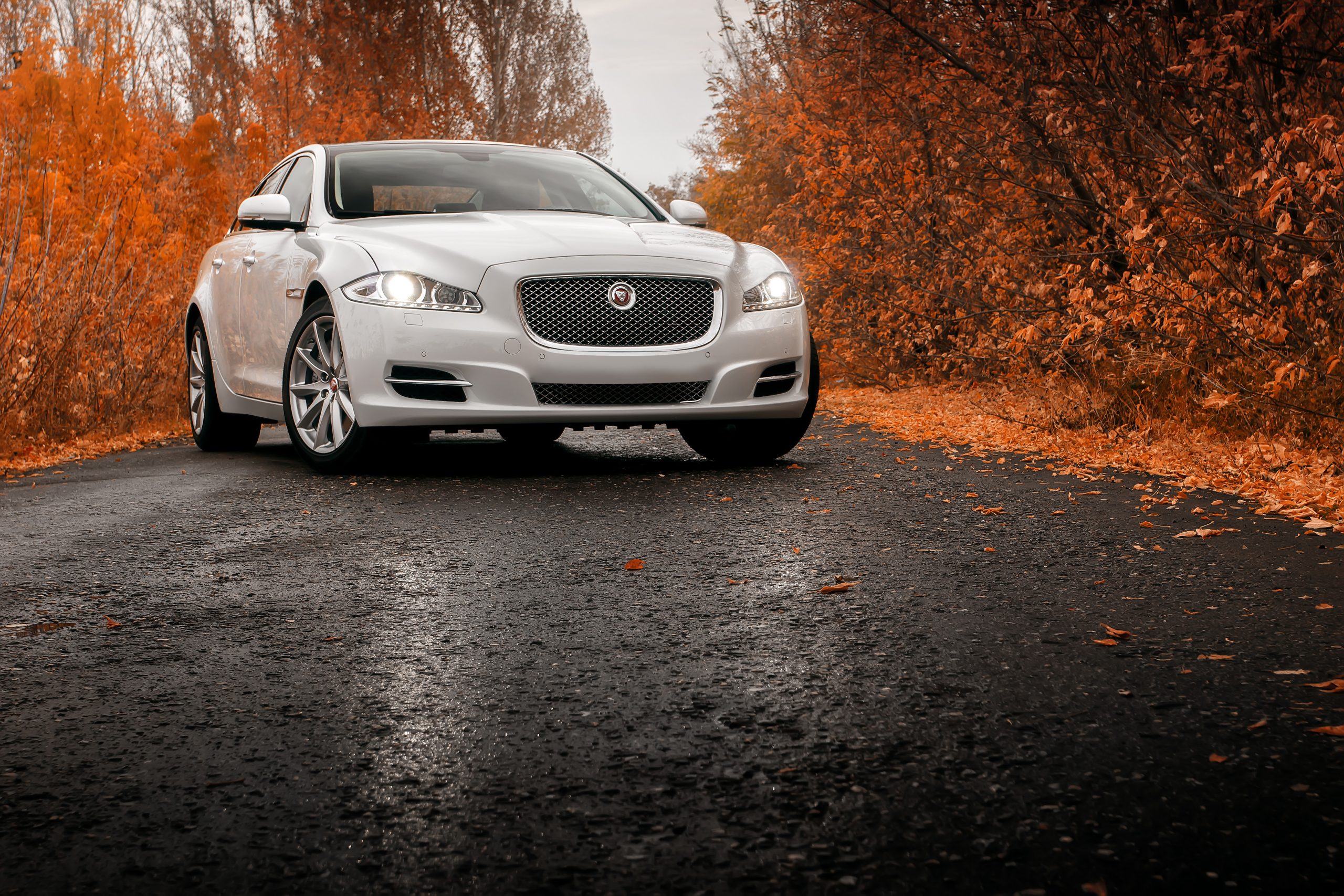There’s nothing worse than starting your car and sensing a rough idle or hearing noises that indicate something is loose or out of whack. Sometimes, these warning signs are related to engine mount failure – a problem that you can’t afford to ignore. Causes of motor mount failure.
Engine mounts secure and stabilize the engine to the chassis. They’re made out of rubber and metal, the first to minimize vibration and the second to stand up to the engine’s force. For such small parts, they make a big difference in your car’s performance. Engine mounts reduce vibration and noise, so when they go bad, it’s typically easy to tell. There are a few symptoms to watch out for, including engine movement and even damage in severe cases. Don’t wait until it’s too late; know what you’re looking for. Here are the major signs of engine mount failure.
Noise
Banging and clanging coming from the engine compartment are a telltale sign that the mounts are failing. The noise sounds like two or more motor parts are making an impact, hence the term impact noises. Broken or worn engine mounts that are no longer securing the engine in place cause these concerning sounds, which can get worse as the motor mounts weaken.
Vibration
Broken engine mounts are no longer capable of absorbing the vibration from the engine; typically meaning the rubber guards are ineffective. The vibration is very noticeable inside the car, especially from the passenger’s seat. However, the steering wheel and dash are also likely to shake. This can occur when idling, in drive, or reverse.
Movement and Misalignment
Engine mounts are also meant to keep the engine aligned with all the other parts and pieces under the hood. That means making sure the engine is the appropriate height and equal around all sides. If you notice the engine is tilted, slumping, or loose, it may be the motor mounts.
Similarly, if you notice the engine moving in the bay, it’s likely the engine mounts are bad. Watch and listen for forward, backwards, or a sideways transition as the vehicle accelerates. This is where the impact noises could come into play. It will also be noticeable because your car won’t drive as smoothly as you’re used to and will likely shake considerably when accelerating to higher speeds.
Damage
The excessive moving could result in engine damage. This usually means the engine mounts are completely broken, not just weak, and causing direct contact with other metal parts. Pieces of the engine can break off from the vibration and misalignment and result in even costlier repairs. We most often see damage to valve cover gaskets and engine manifolds. Broken pieces also pose a safety hazard to yourself and others on the road.
Belts and Hoses
Two pieces commonly damaged by broken motor mounts are belts and hoses. If the engine is misplaced and sags or tilts in the wrong direction, the belts can weaken and hoses can disconnect. This is especially true for power steering and fan belts and radiator hoses. The gearshift and clutch can also be detrimentally affected by a poorly mounted engine.
Broken engine mounts become a greater concern when cars have more than 100,000 miles. However, faulty or deformed motor mounts can cause issues to arise a lot sooner. In severe cases, a faulty engine mount can create an uncomfortable drive for passengers and an unsafe drive for everyone else on the road with you.
If you start to hear banging or clanking noises or feel intense vibration, schedule an appointment with Performance Auto Specialists right away to have your car examined.
Tags: car care, car care Wilmington, engine mount failure, European car care Wilmington



